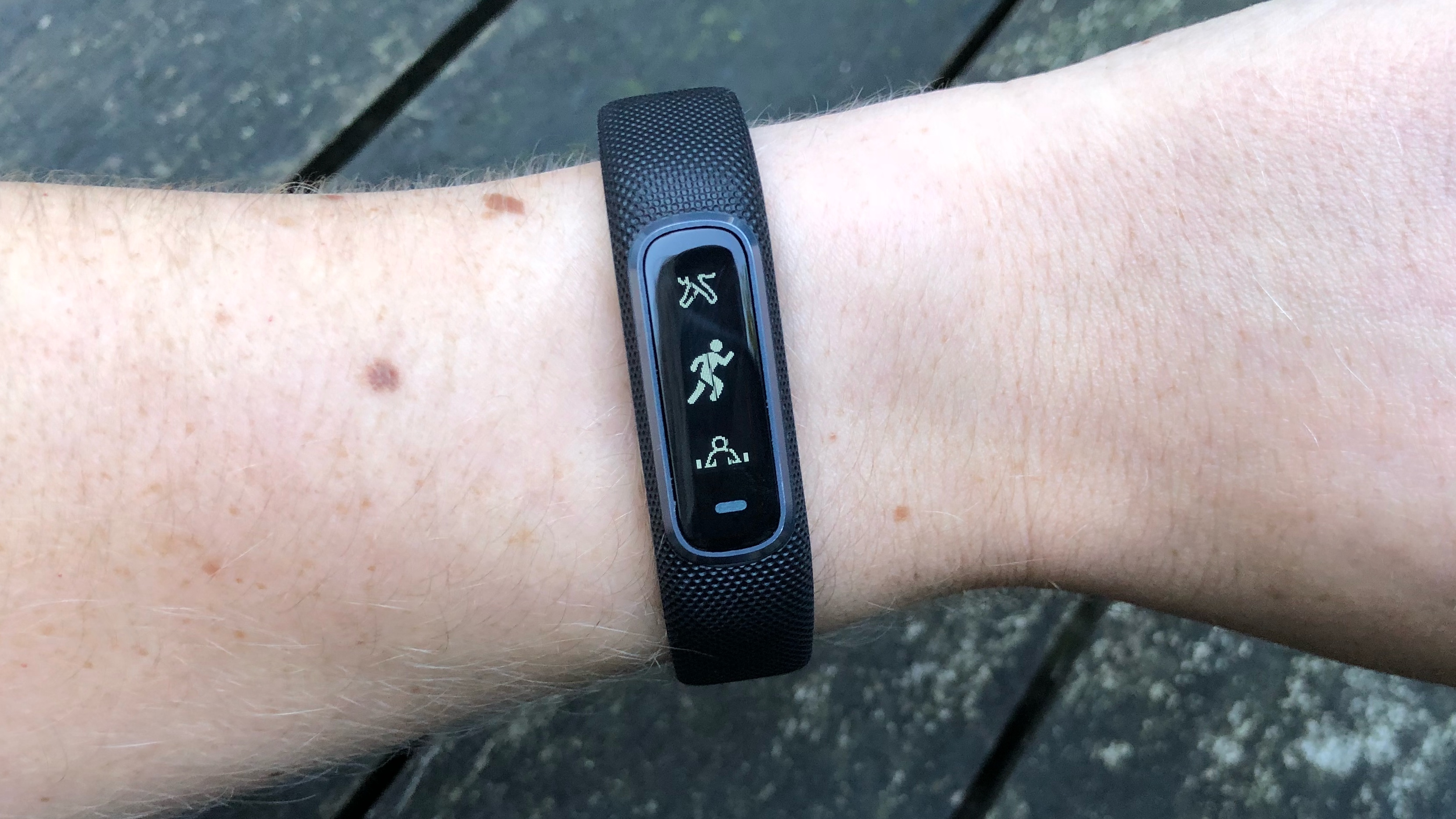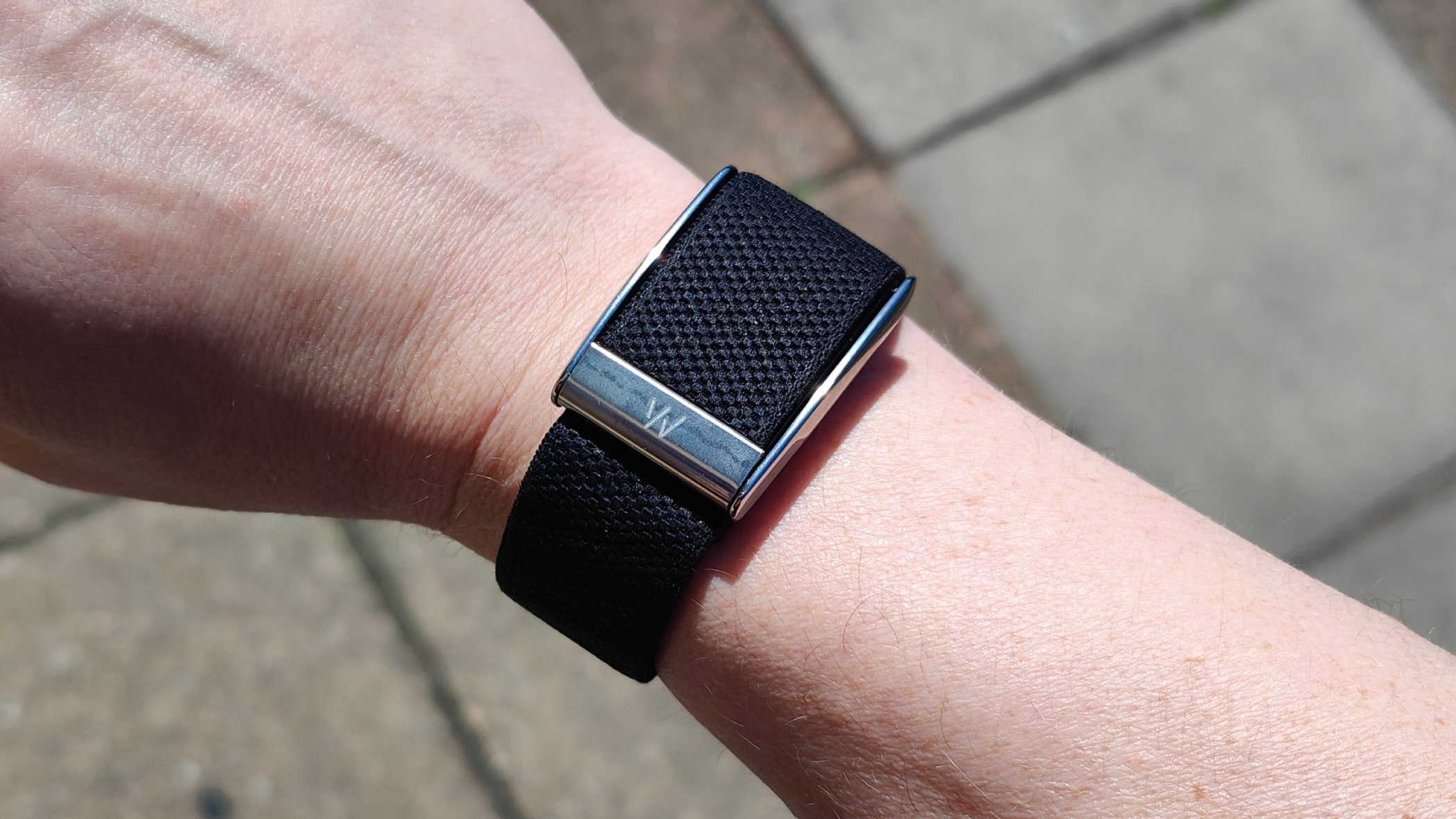A study conducted by the American Psychological Association involving 781 users of the Garmin Vivosmart 4, with data gathered over three months, found no link between the stress indicators displayed on the device and the participants' own reports of their stress levels.
Usually, this has been seized upon by the media, eager to create headlines such as "Smartwatches provide limited information about stress levels" and "Your smartwatch is deceiving you about stress levels," and similar statements. However, as someone whose job it is to test thebest smartwatchesand exercise monitors available in the market, I believe there is more to this than what appears at first glance.
Initially, the study appears quite concerning: during the three-month period, participants were required to frequently report on their sleep quality, as well as their feelings of fatigue and stress.
The research, released in theJournal of Psychological Disorders and Clinical Research, had the following to say about the results:
Self-reported and wearable tracking of sleep-related factors demonstrated strong correlations, whereas the links for fatigue were weaker, and stress measurements did not align for most people. These results indicate that wearable data and their associated self-report methods might not always assess the same underlying concepts.
Although the Vivosmart 4 performs well in tracking sleep and aligns with self-reported sleep quality, it has difficulty detecting when you are feeling tired or stressed.

The scientists sought to determine whether wearable technology could serve as a "warning system" for depression among students, utilizing the aforementioned biomarkers. Many headlines have largely overlooked this or downplayed the main point, mixing stress with excitement and elevated heart rate.
The pressure Garmin watches mention isphysiological stress, which occurs to your nervous system when your heart rate increases and you begin to sweat. Physical activity, excitement, arousal, and other emotional influences can trigger this response in your body. Since LED heart rate and body temperature sensors cannot detect your emotions, everything is recorded as 'stress'.
I'm currently evaluating the WHOOP MG, and its application also includes a stress indicator. When I inquired of its AI trainer—what an era to be living in—whether stress referred to emotional or physical, the app responded with the following:
The WHOOP app's Stress metric is physiological – it relies on signals from your body, not your emotional state.
Although emotional stress, such as anxiety or work pressure, may affect your score, factors like a challenging workout, inadequate sleep, or battling a cold can also have an impact. The Stress Score provides insight into how your body is managing various stressors, not just your emotional state.

It's simple to understand why individuals become perplexed, and there is agrain of truth in that the headlines would be accurate in believing that smartwatches are not very effective at determining individuals' emotions.
However, this is because they were not created to genuinely track emotions, not due to any flaw in their design. The entire study aimed to determine if smartwatches could serve as a tool for predicting depression. While factors like insufficient sleep can be precisely measured, they are unable to capture emotional states—particularly when individuals report feeling stressed, rather than indicating physical signs of stress.
My suggestion? Combine the stress metric with additional indicators, like sleep and calories burned, to determine when it's appropriate to take a break if possible. If your stress level is elevated and your sleep is insufficient, but you're generally content, you may consider avoiding the bars or the gym on Friday night and instead enjoy a calming evening with a book to lower your stress score.
You might also like
- I evaluate fitness trackers for a living – here's my top choice from 2025
- My greatest disappointment from my marathon was not following my training schedule, which affected my performance – on two occasions.
- Are you having difficulty during hikes? Here are 5 key gym exercises to build strength in your legs, glutes, and core.
Liked this article? To discover more stories like this, follow us on MSN by clicking the +Follow button located at the top of this page.
